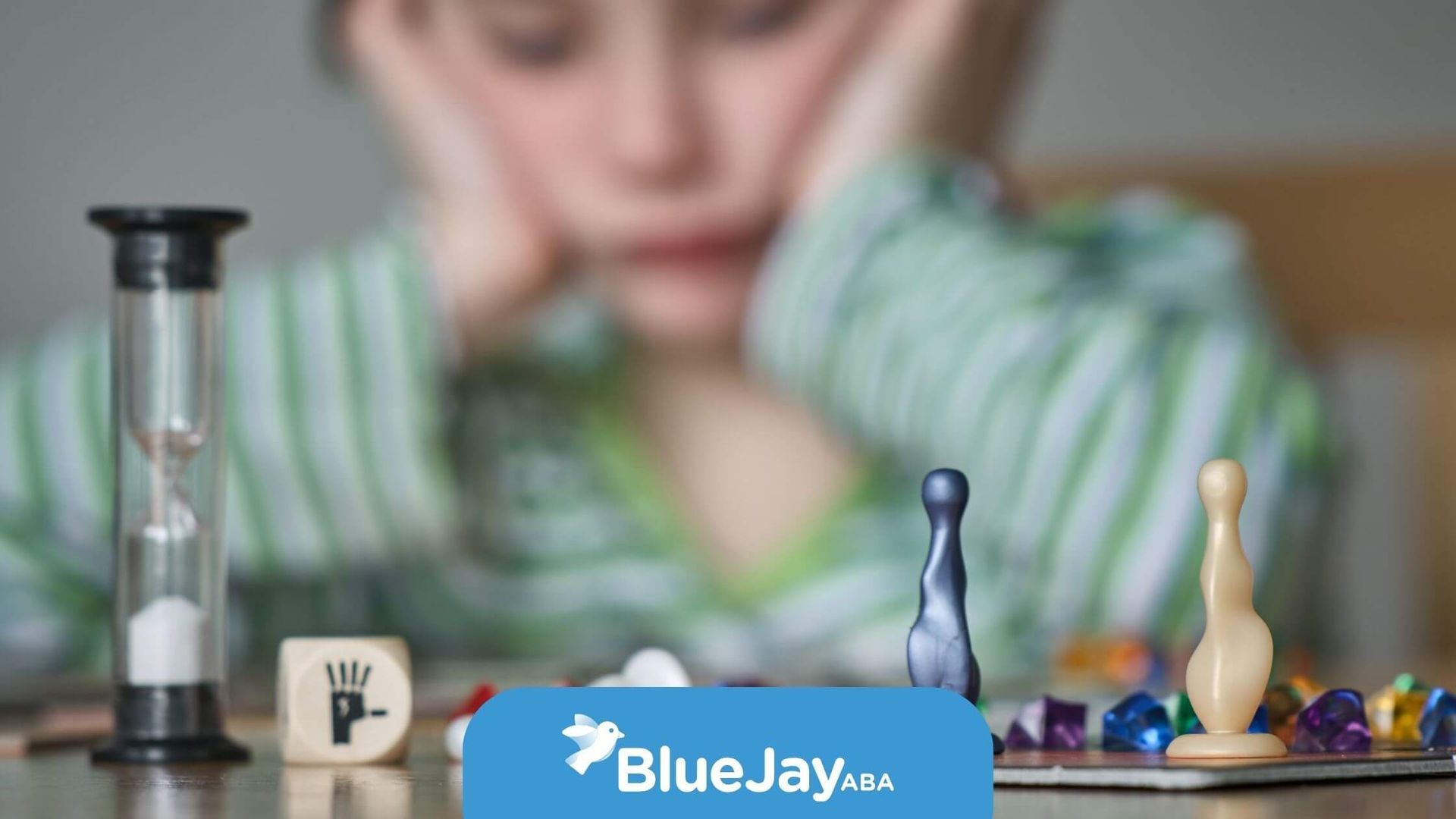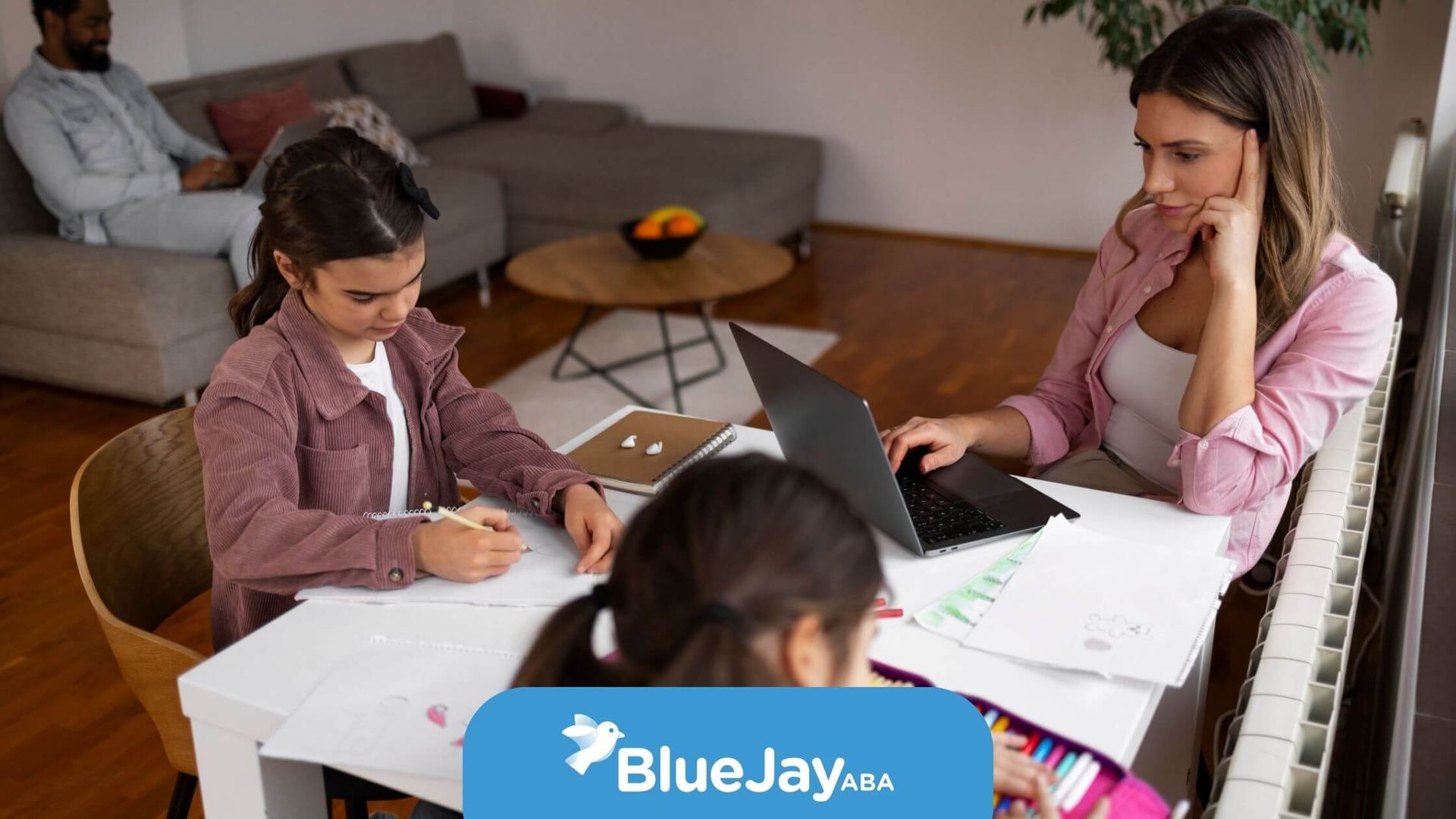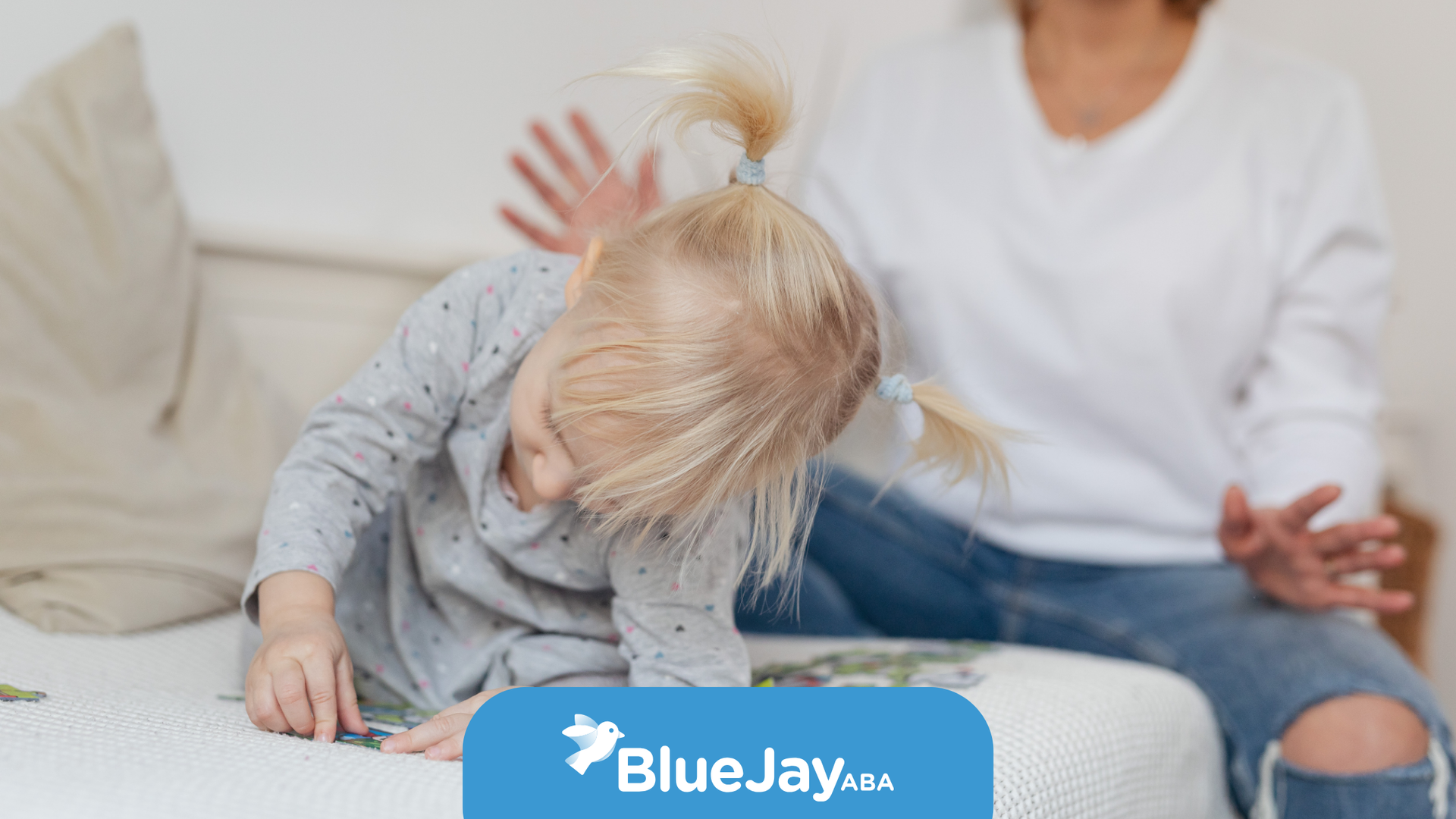Is ABA Therapy Working for Your Child? Here’s How to Know
Key Highlights
- Understand the fundamental goals and techniques of ABA therapy that aim to improve positive behaviors and your child’s progress.
- Discover key indicators like advances in communication skills, enhanced social interactions, and adaptive abilities to assess the therapy’s effectiveness.
- Learn the importance of monitoring behavioral changes through data collection and detailed progress reports provided by professionals.
- Recognize the value of positive reinforcement and skill generalization in solidifying positive outcomes over time.
- Identify warning signs, or red flags, that signal when ABA therapy might not be the right fit.
- Explore how collaboration and family involvement play a critical role in successful ABA programs.
Applied Behavior Analysis (ABA) therapy is often used to help children with autism spectrum disorder (ASD) develop essential life skills and overcome challenges. If you're a parent or caregiver, you may be asking yourself, "How do I know if ABA therapy is working?"
This blog explores the key signs that indicate ABA therapy is having a positive impact on your child’s development. Whether it’s improvements in communication, better social interactions, or a reduction in challenging behaviors, we’ll walk you through the changes you should look for.
As an ABA therapist, I’ve seen firsthand the significant strides children can make. For example, one child I worked with began using short sentences to express their needs, a monumental achievement that made a huge difference in their ability to communicate with others. These moments of progress can be subtle, but they’re incredibly meaningful.
Let’s dive into the indicators that show your child is benefiting from ABA therapy and how you can track their progress.
Understanding ABA Therapy and Its Goals
What Is ABA Therapy?
ABA therapy is grounded in the principles of behavior analysis, which looks at how behaviors are learned and what influences them.
For children with autism, ABA therapy focuses on teaching new skills and improving behaviors that help them navigate daily life. The therapy uses evidence-based methods like positive reinforcement to help children make meaningful changes.
As a therapist, I tailor my approach to each child’s unique needs. Some children may need more support with social interactions, while others might struggle with managing emotions. The goal is always the same: to help the child live a more independent and fulfilling life.
Key Goals of ABA Therapy
- Improved Communication: Learning to communicate is often one of the first goals in ABA therapy. For many children, this might include learning to use basic words or gestures to express themselves.
- Social Skills Development: ABA therapy aims to improve social skills by teaching children how to interact with others in appropriate ways, such as taking turns in a conversation or understanding facial expressions.
- Adaptive Behaviors: These are practical skills needed for everyday life, such as dressing, eating, and managing personal hygiene.
Key Indicators That ABA Therapy Is Effective
1. Noticeable Improvements in Communication Skills
Effective ABA therapy often leads to significant improvements in communication. I remember working with a child who, after several months of therapy, started using simple phrases to request items instead of relying on non-verbal cues. It was an exciting moment for both the child and their family.
Key signs of progress in communication include:
- Increased vocabulary: Your child may start using more words and even stringing them together into simple sentences.
- Better eye contact: Communication often improves when a child begins to make eye contact during conversations.
- Social Initiation: Your child might begin initiating social interactions, like saying “hello” or asking questions.
2. Growth in Social Interaction and Relationships
ABA therapy often helps children make strides in how they interact with others. One child I worked with had difficulty initiating play with peers. Over time, they began to understand the importance of sharing toys and taking turns, leading to more meaningful interactions with other children.
Signs of growth in social skills include:
- Initiating conversations: Your child may begin greeting others or asking questions to engage in social interactions.
- Better understanding of social cues: As your child becomes more adept at reading social situations, they may start responding appropriately to emotions, like offering comfort when someone is upset.
3. Positive Changes in Daily Behaviors
ABA therapy is also effective in helping children learn adaptive skills for everyday tasks. For example, one child I worked with went from needing assistance with dressing to independently putting on their shoes. These milestones are critical in helping your child gain more independence.
Look for signs like:
- Fewer problem behaviors: Your child may show fewer signs of aggression or frustration, particularly during transitions between activities.
- Improved daily routines: Tasks like dressing, grooming, and eating may become easier for your child as they learn essential life skills.
Tracking Progress with Data and Reports
1. Regular Data Collection
One of the key elements of ABA therapy is data collection. As a therapist, I track each child’s progress with careful observation and note-taking. This helps ensure that the therapy plan is effective and can be adjusted if necessary.
When you see progress reports from your therapist, they will often include information about which skills your child has mastered and which ones still need work.
2. Feedback from the Therapist
Along with the data, regular feedback from your ABA therapist is invaluable. In my sessions, I make it a point to share insights with parents, explaining how their child’s behavior is evolving and what specific changes have occurred.
3. Collaborating with Family
Family input is crucial. Parents often notice changes at home that may not be evident in therapy sessions. Sharing these observations with the ABA therapist can help ensure that the therapy plan is effective and aligned with your child’s needs.
When ABA Therapy Might Not Be Working
1. Signs of Stagnation or Regression
Sometimes, despite all efforts, progress can plateau or even regress. If you notice that your child is not mastering new skills or if behaviors that had previously improved are resurfacing, it’s important to discuss this with your therapist.
Open communication can help identify whether adjustments to the therapy plan are needed.
2. Lack of Individualization
Every child is unique, and ABA therapy should be tailored to fit their specific needs. If the therapy seems too generalized and not aligned with your child’s strengths and challenges, it may be time to reassess the approach. Personalization is key to the success of ABA therapy.
Conclusion
Assessing whether ABA therapy is working for your child is an ongoing process, but there are clear signs to watch for. From improvements in communication and social skills to gaining independence in daily life, these changes indicate that the therapy is making a positive impact.
As a parent, staying engaged and collaborating with your child’s ABA team is essential. Through regular communication, data tracking, and adjusting goals as needed, you can ensure that your child is getting the most out of their therapy.
The bottom line is, if you're noticing positive changes in your child’s behavior, that's a great sign that ABA therapy is working. But if you’re uncertain or need help tracking your child’s progress, Blue Jay ABA is here to support you.
Our team of certified behavior analysts works closely with families to provide individualized ABA therapy that leads to real, lasting results.
Contact Blue Jay ABA today to learn more about how we can support your child’s development and help them reach their full potential.
Frequently Asked Questions
How long does it typically take to see results from ABA therapy?
Results from ABA therapy usually start to show in a few weeks or months. But this can be different for everyone. Keeping track of progress and using plans made for each person help to get the best results. This makes sure there are real changes over time.
What should I do if my child isn’t making progress?
If you see that your child is not making progress in ABA therapy, talk to the therapist about your concerns. Ask them to look at the plan and the way things are being done. Go over the data and reports carefully. Watch your child’s behavior at home as well. Make sure the therapy plan is made just for your child. Working together with the ABA team is important. This helps you face any problems in the best way possible.
Can ABA therapy be effective for teenagers or adults?
ABA therapy can help teenagers and adults. It is made to work with many kinds of behavioral challenges. When each person gets support that fits them, they can learn important life skills. ABA therapy lets people do better with social interactions. It also helps them grow more independent. Because of this, they have more positive outcomes in different areas of life.
Sources:
- https://www.autismspeaks.org/applied-behavior-analysis
- https://my.clevelandclinic.org/health/treatments/25197-applied-behavior-analysis
- https://www.webmd.com/mental-health/what-is-applied-behavior-analysis
- https://pmc.ncbi.nlm.nih.gov/articles/PMC9458805/
- https://www.childautism.org.uk/about-autism/applied-behaviour-analysis-aba-and-autism/
- https://www.autismparentingmagazine.com/aba-therapy-for-autism/
Related Posts






